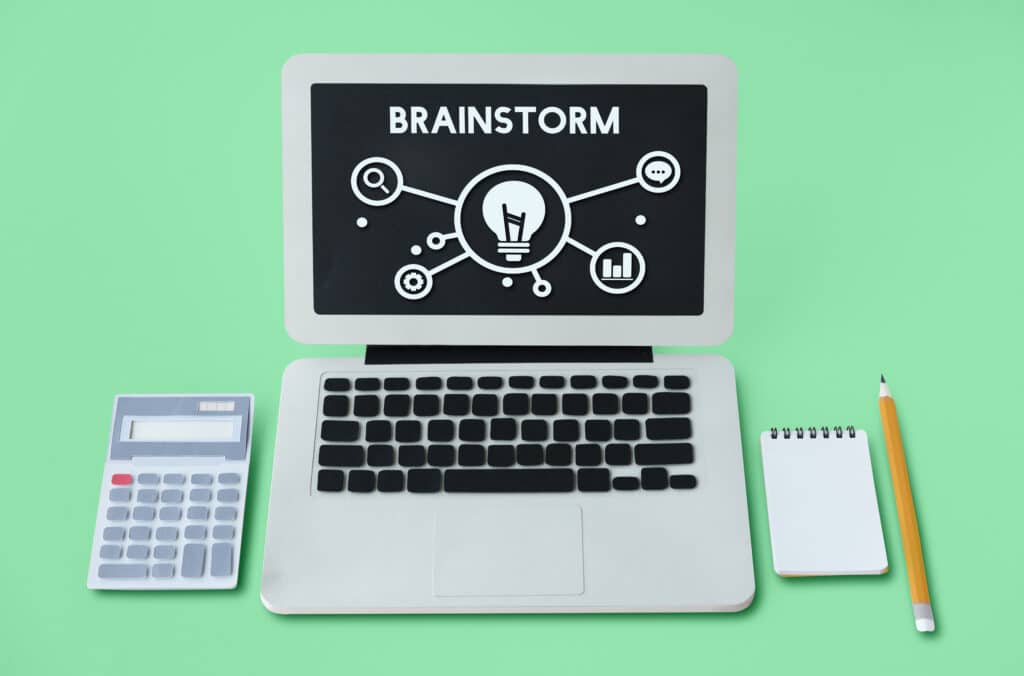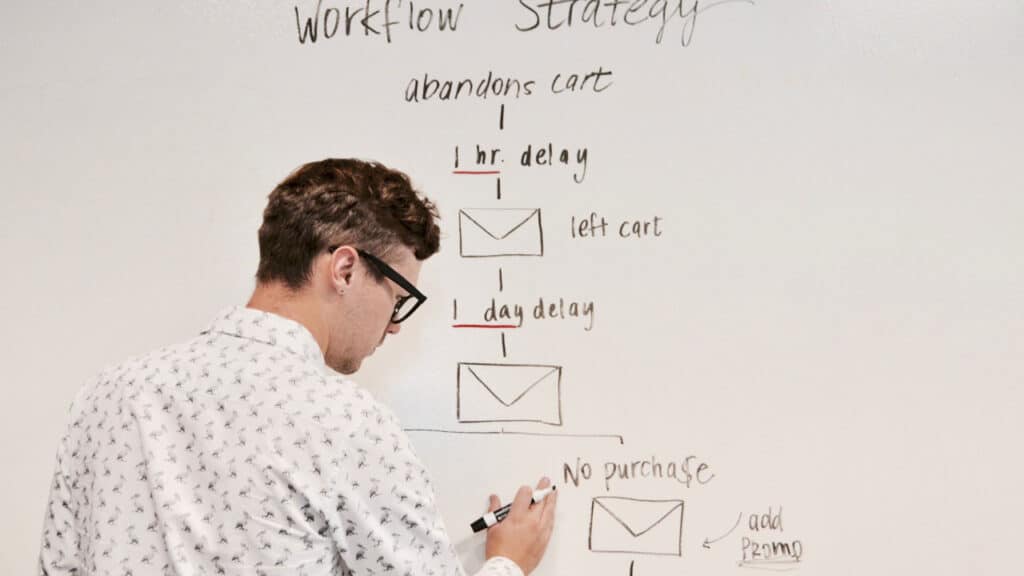Every business needs an effective marketing campaign to attract new customers and retain existing ones. Life cycle marketing is a crucial strategy that helps you create and manage better customer relations to keep them coming back. It describes the process your products undergo from production till discontinuation. There are four stages involved which are;
- Introduction
- Growth
- Maturity
- Decline
Successful marketers aim at providing the right information to their customers at each product stage to encourage the required actions. The marketing campaign lifecycle will help you understand what stage you are in at a particular time so you can communicate persuasively. Here is a detailed guide outlining various tactics you can use to maximize your marketing campaign life cycle.
Introduction Phase
It’s the first point of contact between your brand and your target customers. At this point, your main aim should be creating product awareness and convincing more people to consider your brand. Most products fail at this point, and thus you need more planning to maximize your products and customer lifetime value.
Begin by clearly understanding your target customers. You can use smart tools like Zoho Zia to collect data from contacts, leads, and accounts. Understand your buyer persona to help focus your efforts on qualified prospects. Know their age, interests, income levels to create content directly tailored to their preferences.
It also essential to create a clear brand identity. Determine what people search for while looking for products similar to yours online. That way, you can create content that addresses most of their concerns to attract organic traffic to your webpage. Focus more on providing helpful information rather than pushing for sales.
Since most people still find your brand unfamiliar at this point, they are less likely to feel interested in your content. The only way to keep them glued on your page longer is by covering topics that will interest them. Post more content about your brand on blog posts, social media, landing pages, and podcasts. Your main aim is to get your brand out there by offering potential customers free value to build trust.

Remember that at this point, your prospects highly compare your products with other alternatives. It will determine whether they will convert or not. When you present yourself as an expert in your industry, customers are more likely to remember your brand anytime they need your products or services.
It’s worth noting that profits are very low at this stage, so you should strive to get to the next phase as quickly as possible. Therefore, ensure that consumers know the solution your products offer. You can plan for customer tests or provide free samples to your customers.
Additionally, price your products as high as you believe it can sell but consider the quality. A higher price will help you attract price-insensitive customers and can also attract competition. On the other hand, a lower price can attract better adaptability and minimal competition, but it will take longer to achieve your profit margins.
The best way to get over this step is by creating targeted marketing campaigns and ensuring the proper distribution of your items to key target markets.
Growth Stage
At this point, customers will begin to show better acceptance of your brand. As prospects consider trying out your products, you need to give them the best experiences. It all begins when someone has a problem and decides to look for help through search pages. They are more likely to consider brands they interacted with through the awareness phase.
You should notice an increase in sales at this stage, and if you have a new product, you might begin to lure in more competitors. Now work on significantly boosting your market presence by availing more in-depth content to your target audience.
Further, shift your marketing strategies from awareness to advertisements. Begin to explore multiple marketing channels like social media, videos, influencer, and email marketing. You can even use Zoho Meeting to host webinars to highlight your products’ interesting facts and promote engagement. Include product descriptions, ratings, and reviews in your landing pages to prompt purchase.
From the introduction phase, you should have gathered enough data to help you improve the consumer experience. Also, do a competitor analysis to compare your value proposition. If you position your brand better than competitors, you are more likely to attract a larger market share. Nonetheless, if your products lag, you can try making an emotional appeal to your customers.
Note that people won’t buy your products due to their functionality. They want an item that will help solve their problems for years to come. Tell a story about your products to optimize your marketing campaign life cycle. It highly influences consumers’ purchasing decision.
Additionally, continually improve your product features or add more services to meet diverse needs. It will help boost your brand credibility and gain customer trust. Also, adjust your prices. Keep them high enough to generate profits and low enough to retain your customers. Now that you have gained a better market share, remember to include more distribution channels to meet the growing demand.
Maturity Phase
You have now attracted the highest possible pool of customers and have achieved a solid market position. At this stage, brands record-high profitability, and the maturity phase length will highly depend on your marketing efforts to maintain dominance.
You are more likely to face stiff competition here. Hence, differentiate your products to stay afloat. Determine those features that attract more customers to your brand and promote them further.
Additionally, explore new markets to maximize reach. You may also want to take back your product to the growth phase, where you examine performance and introduce new product features or services. It will help boost your brand competitiveness.

Keep doing market and consumer research. It will help you spot the demographics more likely to drop off your products or stay longer so you can redefine your target markets. Don’t ignore any product quality concerns and try to develop new uses for your products. You can also use persuasive marketing to win over your competitors’ customers. At this stage, you can also use discounts and loyalty schemes to promote retention.
Marketers can also change their communication methods and take advantage of the most overlooked options, like business text messaging. Note that SMS has a 98% open rate giving you a better opportunity to send a clear call to action or cart abandonment messages to your prospects.
Decline Stage
Eventually, your brand might begin to record shrinking sales and profits when your products reach the saturation point. It occurs due to a change in customer preferences, stiff competition, or technological advancements. There are still several tactics that you can apply to slow down the decline phase and enjoy additional sales. First, come up with promotional strategies to remind your customers of your product’s existence. You can use email campaigns to re-emphasize your offers.
Next, examine your expenses to minimize spending. Assess your product features and eliminate those with lower returns. You can then concentrate on attributes that bring more value to your customers. It helps refresh your product while at the same time eliminating expenses with lower returns.
Again, reduce the number of distribution outlets and promotion expenditure. Another pro tip is to lower the prices to lure in more customers. Such practices will help extend the life of your products and delay the decline phase. It gives you more time to develop a new product or improve your existing one to keep your business afloat.

When the product reaches the final phase, maintain your position and wait for your competitors to exit the market first. Later on, you can introduce new brand ideas or alternative products related to the previous one. When you completely exhaust a certain market, you can choose to explore other opportunities. Look out for cheaper markets that are less competitive instead of spending too much money to stay in a market where your product seems somewhat irrelevant.
Still, if you want to avoid further product development or promotions to lower the cost, you can choose to exit the market. It’s a better way of getting your product to its life end with lower economic losses.
Beware that all products must reach the decline stage no matter how competitive they seem. Therefore focus more on getting through the entire product lifecycle with as much profit as you can. If your brand begins to record minimal or no profits, you can sell the product idea to another party in the industry with similar interests. By doing so, you leave the market with the least possible losses.
Conclusion
When done rightly, the lifecycle marketing campaign can help increase conversion rates in each product stage. From the start, this strategy will help you know what to expect in the next business phase to create a proactive solution. Though the approach can vary in different industries, the above tips should help you get the most out of your campaigns. So, how can you effectively implement the lifecycle marketing strategy? We’d be happy to help.









